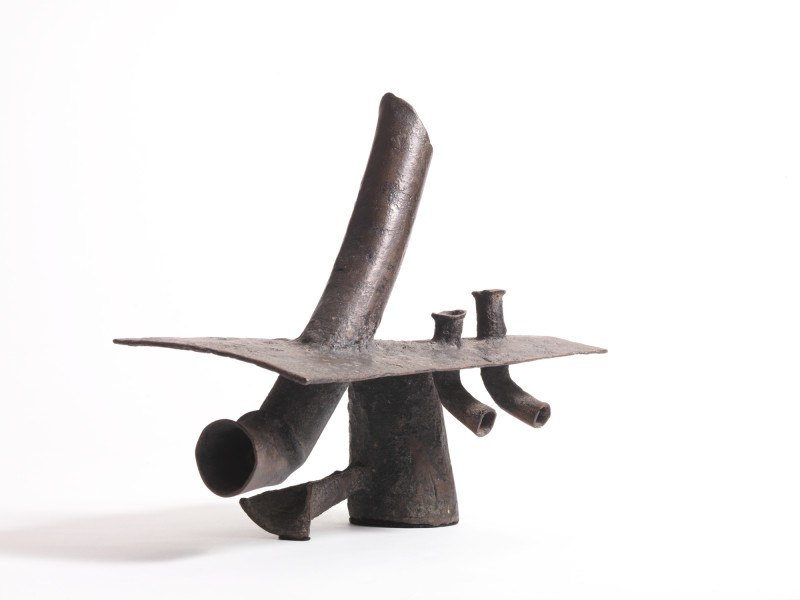WELCOME TO OUR SCULPTURE BLOG!
AS THE UK'S LEADING SCULPTURE GALLERY, OUR BLOG WILL BRING YOU INSIGHTFUL ARTICLES, INTERVIEWS AND COMMENTS ON OUR FAVOURITE SUBJECT - SCULPTURE!
If you would like to see a selection of available works to purchase by any of the artists mentioned throughout the blog, please contact the gallery via email on: gallery@pangolinlondon.com or call 020 7520 1480.
Our friendly team are happy to help.
-
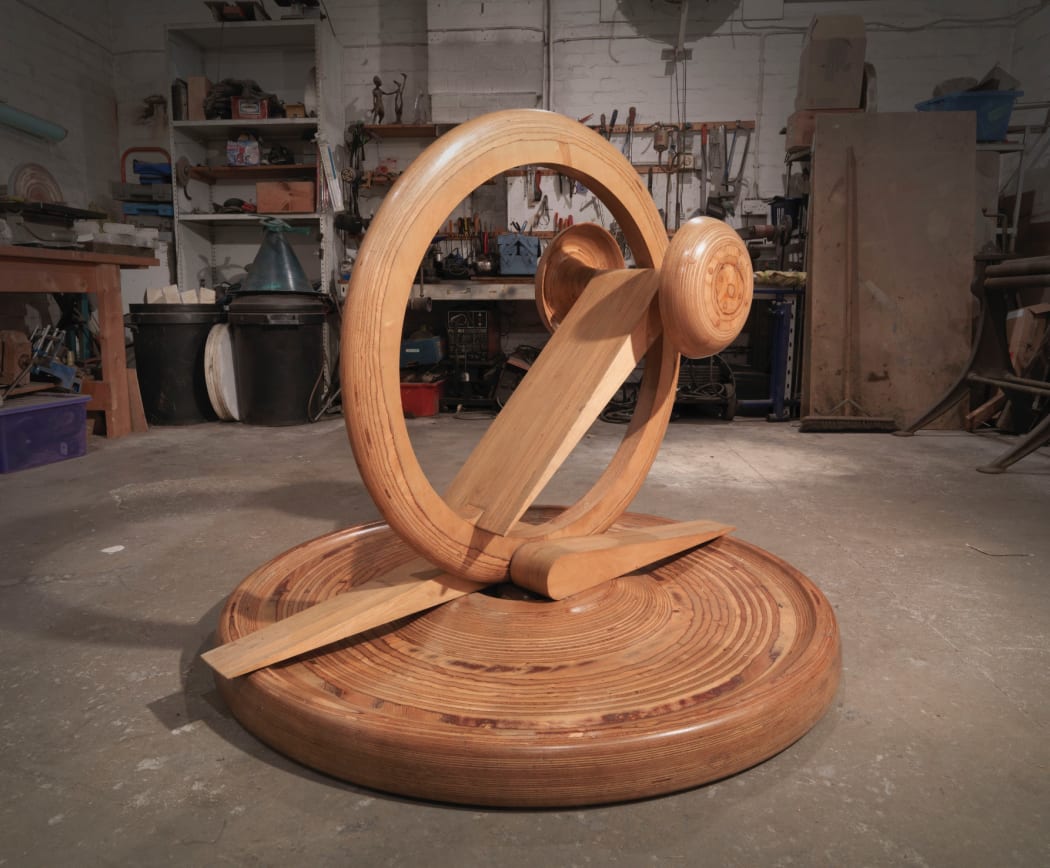
Welcome to the #5 email in our series on Sculptors' Materials. This week let's talk about the use of wood in sculpture over time.
-
 SCULPTORS' MATERIALS: STEELWelcome to #4 in our series of Sculptors' Materials. We hope you enjoy it!
SCULPTORS' MATERIALS: STEELWelcome to #4 in our series of Sculptors' Materials. We hope you enjoy it!
Steel is made up of 98 - 99% iron concentrate, the rest is carbon. So in order to understand steel, we must first look at iron.
Billions of years before humans walked the earth, the earliest from of iron came from meteors which struct the earth's surface, over thousands of years humans have worked this metal, eventually learning how to draw iron from the earth and, through using heat, fashion it into steel.
Steel is roughly 1000 times stronger than iron in its purest form. It can also be recycled endlessly and never lose any of its strength.
Without the development of steel our buildings, bridges and railways would not be what they are today, and yet it was not until the1850s that a way to mass produce steel was discovered thanks to British Engineer Henry Bessemer. However, Bessemer’s machines, known as the Bessemer Convertor, contained a fault that produced brittle steel until a young Welsh chemist, Sidney Gilchrist Thomas, found that by lining the machine with a lime-based lining instead of clay, steel could be produced in its purest form. Thomas’s discovery in 1878 allowed steel works to produce an astounding 5 tonnes of steel in 20 minutes. And so, the steel revolution was born!
Before then, steel production was slow and expensive. The material was reserved only for making armour and weapons. In 13th century Japan with the Katana blade was considered the greatest hand produced steel in the world. The Katana, a single curved steel blade, stands as a symbol for samurai culture.
This slim curved blade not only allowed warriors to kill in one swift movement, the shine of the metal was said to warn off evil spirits. These swords are now treasured heirlooms passed down through generations.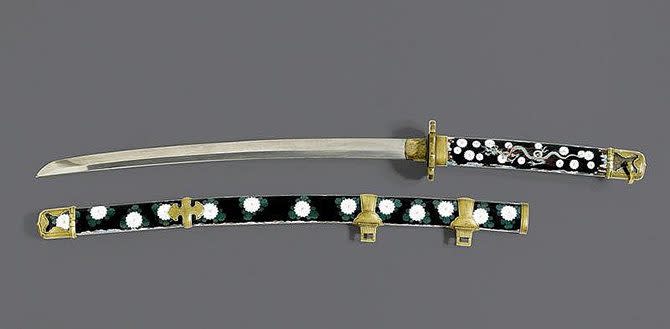 Steel production is so vital to our daily lives that it is often considered a measurement of a country’s economic success. A high production of steel, means a high demand for the material; and a high demand means your country is building infrastructure.
Steel production is so vital to our daily lives that it is often considered a measurement of a country’s economic success. A high production of steel, means a high demand for the material; and a high demand means your country is building infrastructure.
Steel’s versatility means it can be welded, machine bent and its surface treated and finished in a multitude of ways making it a popular material for artists to work in. After World War II, bronze casting was out of reach for many artists and steel offered a cheaper alternative. Many used found pieces of steel, enjoying the immediacy of welding rather than traditional casting.
One of the most famous British artists to start using steel was Anthony Caro whose Early One Morning, 1962, kick started the ‘New Generation’ of sculptors. It was also the first sculpture had been taken off the plinth and placed directly on the ground causing a sensation across the art world. Pangolin artist Bryan Kneale also took advantage of the reusable nature of steel and famously, after gaining permission from the British Armed Forces, welded his work Nikkessen out of the shell of an unexploded bomb and an oxygen canister. His interest in working with steel was sparked by his father bringing home a piece of shrapnel from the only German bomb to hit the Isle of Man during his childhood. The twisted nature of the steel after impact set a young Kneale's imagination alight!
Pangolin artist Bryan Kneale also took advantage of the reusable nature of steel and famously, after gaining permission from the British Armed Forces, welded his work Nikkessen out of the shell of an unexploded bomb and an oxygen canister. His interest in working with steel was sparked by his father bringing home a piece of shrapnel from the only German bomb to hit the Isle of Man during his childhood. The twisted nature of the steel after impact set a young Kneale's imagination alight!
Farmer turned sculptor Terence Coventry, loved to use steel in his work, producing many beautiful, unique pieces of his signature birds and beasts or humans and animals, seen in his rider series; while artists like David Mach use thousands of steel nails and screws to encrust found pieces of driftwood, transforming them into meteoric like objects.A FEW FACTS ABOUT STEEL
1. Anish Kapoor’s stainless steel sculpture ‘Cloud Gate’, the famous bean in Chicago, was constructed out of 110 tonnes of steel. A British engineering firm was chosen to fabricate it because of their ability to produce near invisible welds but the sculpture requires a lot of maintenance with the lower 6 feet being wiped down twice a day by hand.
2. A 3-foot-tall silver stainless steel Rabbit by controversial artist Jeff Koons set an art world record in 2019, as it sold for more than $91 million at Christie's Auction House — the most expensive work by a living artist at auction.
3. Recycling steel saves the equivalent energy to power about 18 million households for a year.
4. The Chicago Picasso, a monumental steel sculpture presented to the city by the famous artist in 1967, was the first public work of art to be unveiled in downtown Chicago. The artist never explained what the work was meant to represent but people believe it to be either an Afghan Hunting dog or a female figure!
5. Two-thirds of all tins used to preserve foods are made from steel.Geoffrey Clarke
Symbol for Man XV
1954
Brazed Steel
UniqueGEOFFREY CLARKE
Symbol for Man XV
1954
Brazed Steel
UniqueDavid Mach
Dark Matter
2016
Wood & screws
Unique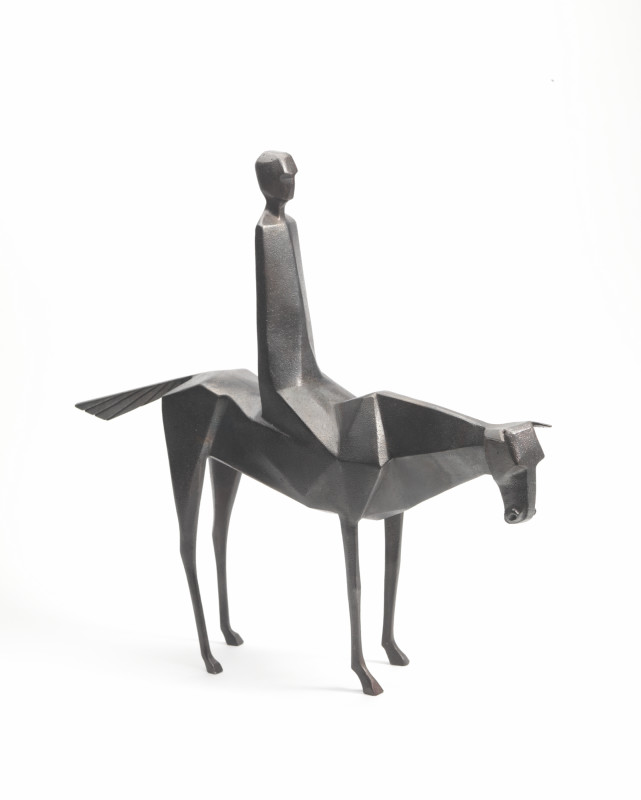
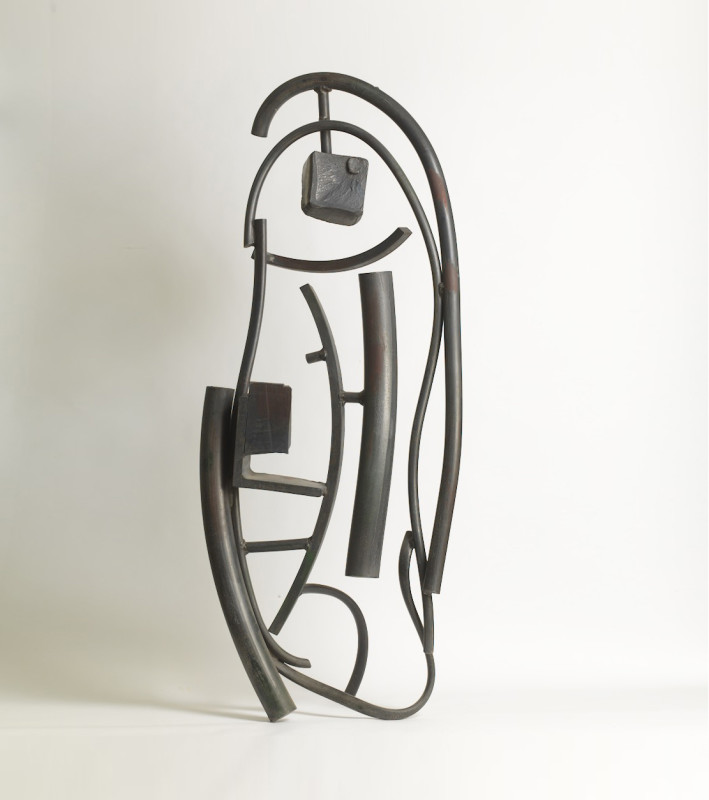
Terence Coventry
Steel Rider
2011
Forged Steel
UniqueJeff Lowe
Janus
1982
Zinc coated and painted mild steel
UniqueFor a price list of steel sculptures available, please click here.
NEXT WEEK'S MATERIAL: WOOD
To read last week's gold post, please visit our blog, where our Sculptors' Materials Series will be available to view at any time.
With the gallery now open you can now book an appointment to come and view some of these works in the flesh. To book an appointment, please click here or do not hesitate call the gallery on 020 7520 1480 or reply to this email.Images: Bryan Kneale, Nikkessen, 1964, Unique.; Katana with Cloisonne Saya and Handle, Japan, Meiji-period (1868 - 1912), Unique. Image courtesy of Invaluable. Anthony Caro, Early One Morning, 1962, steel; Unique. Image courtesy of Tate Collection; Geoffrey Clarke, Study for Man XV, 1954, Unique; David Mach, Dark Matter, 2016, Unique; Terence Coventry, Steel Rider, Unique; Jeff Lowe, Janus, 1982, Unique. -
Transforming Mud to Majesty & Wax to Wonder
A look into the work of Merete Rasmussen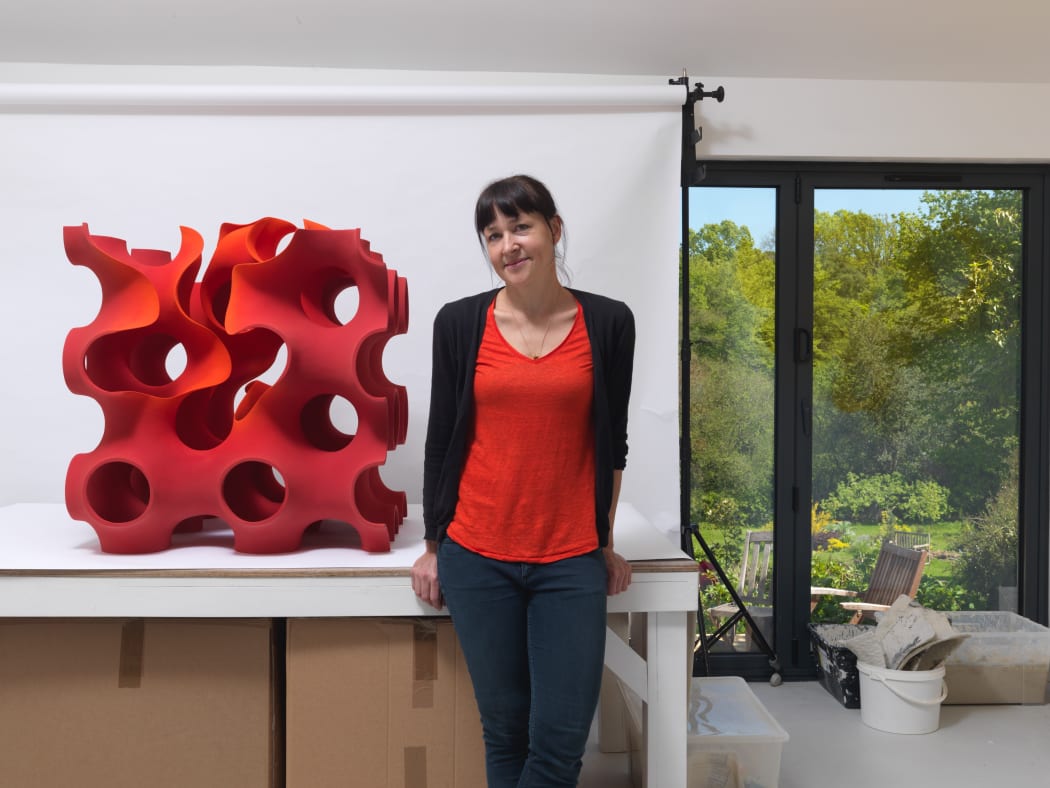 Merete Rasmussen in her studio with Evolve. Photo by Steve Russell Studios.
Merete Rasmussen in her studio with Evolve. Photo by Steve Russell Studios. -
Artist in Focus
Zachary Eastwood-Bloom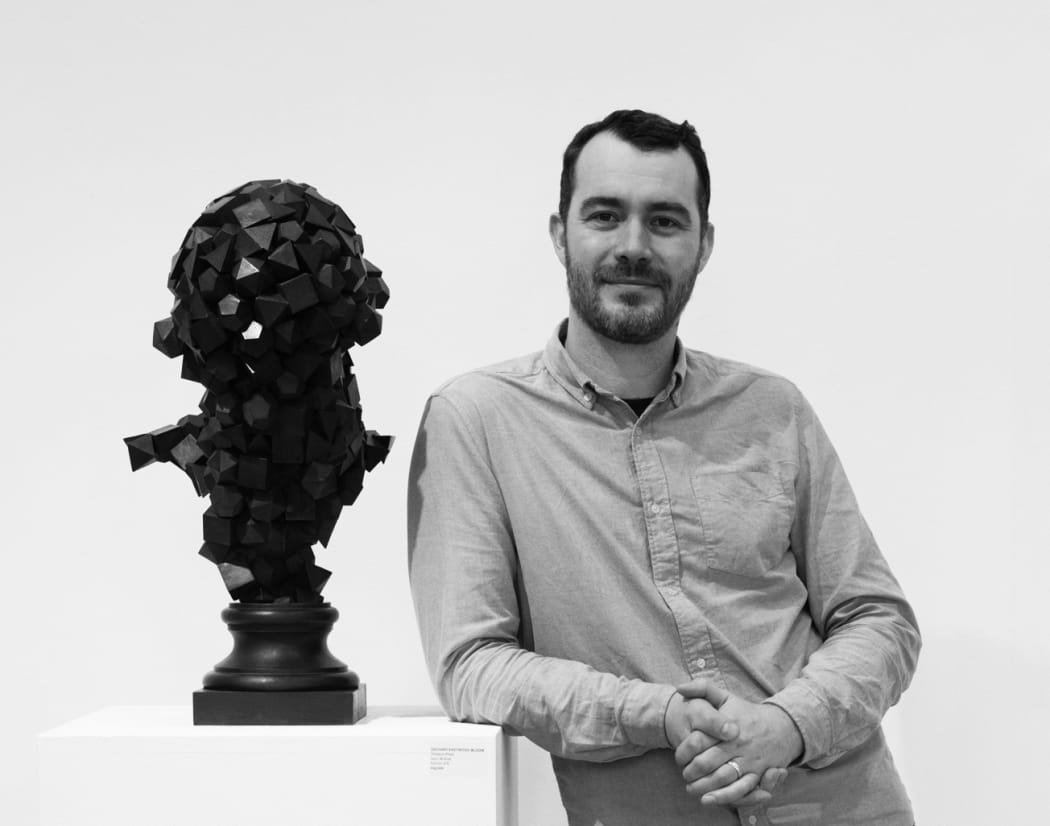 Zachary Eastwood Bloom with his work Timaeus/Plato, 2017, Bronze
Zachary Eastwood Bloom with his work Timaeus/Plato, 2017, BronzeAs part of our ongoing Artist in Focus series this month we've chosen the brilliant Zachary Eastwood-Bloom who was Pangolin London's third sculptor-in-residence. His dynamic work explores the intersection between the classical and the cutting edge contemporary. He was the Digital Artist-in-Residence at the Scottish Ballet between 2018 & 2019.

